Home>Furniture>Outdoor Furniture>How Much Does It Cost To Stain A Concrete Patio?
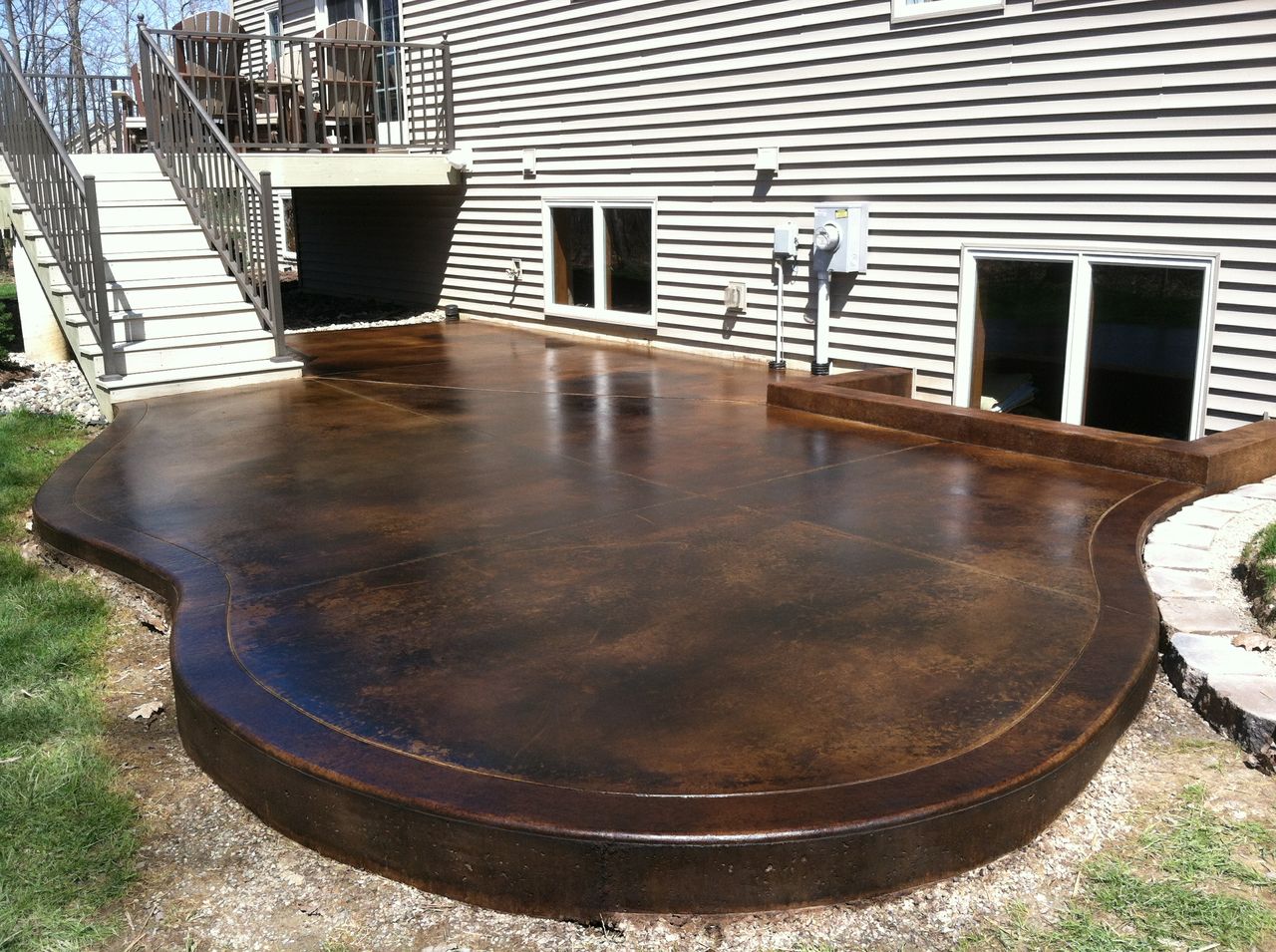

Outdoor Furniture
How Much Does It Cost To Stain A Concrete Patio?
Modified: September 1, 2024
Discover the cost of staining your concrete patio and transform your outdoor space with beautiful, long-lasting results. Get a free quote today!
(Many of the links in this article redirect to a specific reviewed product. Your purchase of these products through affiliate links helps to generate commission for Storables.com, at no extra cost. Learn more)
Introduction
When it comes to enhancing the beauty and durability of your outdoor space, staining a concrete patio can be a game-changer. Adding a pop of color to your patio can give it a fresh, inviting look and protect it from the elements for years to come. However, before embarking on this project, it’s important to consider the cost involved.
The cost of staining a concrete patio can vary depending on several factors, including the size of the patio, the type of stain used, labor costs, and any additional supplies needed. By understanding these factors and considering the options available, you can better estimate how much it will cost to stain your concrete patio.
This article will walk you through the key factors that affect the cost of staining a concrete patio, the different types of stains available, the necessary preparation steps, and the costs associated with materials and labor. Additionally, we’ll explore the additional expenses you may encounter and the pros and cons of DIY staining versus hiring a professional. By the end, you’ll have a clearer idea of how much it will cost to transform your concrete patio and make an informed decision.
Key Takeaways:
- Staining a concrete patio can enhance its appearance and durability, but costs vary based on factors like patio size, stain type, and labor. Proper preparation and material selection are crucial for a successful project.
- Consider the pros and cons of DIY vs. hiring a professional when staining a concrete patio. DIY offers cost savings but requires skill, while professionals provide expertise and quality results.
Read more: How Much Does It Cost To Do A Concrete Patio
Factors Affecting the Cost of Staining a Concrete Patio
There are several factors that can influence the cost of staining a concrete patio. By understanding these factors, you can better estimate the overall cost of your project and budget accordingly. Let’s take a closer look at some of the key factors:
- Patio size: The size of your patio will directly impact the cost of staining. Larger patios require more materials and more labor, which can increase the overall cost.
- Type of stain: There are two main types of concrete stains: acid-based stains and water-based stains. Acid-based stains tend to be more expensive but offer a wider range of color options and a more vibrant, translucent finish. Water-based stains are generally more affordable and come in a variety of colors, but may not provide the same depth of color or durability.
- Condition of the concrete: If your concrete patio is in poor condition, with cracks, chips, or uneven surfaces, you may need to invest additional time and effort in repairing and preparing the surface before applying the stain. This can increase the overall cost of the project.
- Complexity of the design: If you’re looking to create intricate patterns, borders, or multiple colors on your concrete patio, this will require more time and skill, which can also impact the total cost.
- Additional supplies: Depending on your project, you may need to purchase additional supplies such as brushes, sealers, or protective coatings. These additional supplies can add to the overall cost.
It’s important to consider these factors when estimating the cost of staining your concrete patio. Keep in mind that while it may be tempting to choose the least expensive option, investing in high-quality materials and professional labor can result in a more durable and visually appealing end result.
Types of Concrete Stains
When it comes to staining your concrete patio, there are two primary types of stains to choose from: acid-based stains and water-based stains. Each type has its own unique characteristics and benefits. Let’s explore them in more detail:
- Acid-Based Stains: Acid-based stains are known for their rich and vibrant colors. These stains typically contain a mixture of acid and metallic salts that react with the minerals in the concrete, creating a unique and natural-looking finish. Acid-based stains penetrate the concrete, resulting in a long-lasting color that won’t peel or fade over time. They are available in a wide range of colors, from earth tones to more vivid shades.
- Water-Based Stains: Water-based stains, as the name suggests, use water as a carrier instead of acid. These stains are available in a variety of colors and are generally easier to apply than acid-based stains. They offer a more consistent and predictable color result, making them a popular choice for beginners or those seeking a specific color tone. Water-based stains provide a durable and fade-resistant finish, though they may not offer the same level of depth and translucency as acid-based stains.
When selecting a stain for your concrete patio, consider the desired color and finish you want to achieve, as well as the level of durability you require. It’s also helpful to consult with a professional or visit a local home improvement store to view stain samples and get expert advice on which type of stain is best suited for your project.
Preparation for Staining a Concrete Patio
Proper preparation is crucial to ensure a successful and long-lasting stained concrete patio. Taking the time to prepare the surface will help the stain adhere better and achieve a more even and professional-looking finish. Here are the essential steps for preparing your patio:
- Clean the Surface: Start by thoroughly cleaning the concrete surface. Remove any dirt, debris, or grease using a pressure washer or a scrub brush and a concrete cleaner. The surface should be clean and free from any contaminants that could interfere with adhesion.
- Repair Any Damage: Inspect the concrete for cracks, chips, or other damage. Repair any cracks or holes using a concrete patching compound. Smooth out rough surfaces or uneven areas with a floor grinder to ensure a level surface for the stain.
- Evaluate and Neutralize: If you are using an acid-based stain, it’s essential to test the concrete’s pH levels and neutralize it if necessary. Follow the manufacturer’s instructions for the specific stain you are using to determine the appropriate pH levels and steps for neutralization.
- Mask and Protect: Protect any surrounding areas, such as vegetation, walls, or furniture, by covering them with plastic sheeting or drop cloths. Use painter’s tape to mask off any areas that you don’t want the stain to come into contact with, such as edges or borders.
- Apply a Primer: Depending on the type of stain and the condition of the concrete, you may need to apply a concrete primer to enhance the adhesion and color vibrancy of the stain. Follow the manufacturer’s instructions for the specific primer you are using.
By following these preparation steps, you can ensure a clean and well-prepared surface for the staining process. Taking the time to properly prepare the concrete will help the stain bond effectively and provide a more professional and long-lasting finish.
Cost of Materials for Staining a Concrete Patio
The cost of materials for staining a concrete patio will depend on several factors, including the size of the patio, the type of stain used, and any additional supplies needed. Let’s break down the main components and their associated costs:
- Concrete Stain: The cost of concrete stain can vary depending on the type and brand. On average, acid-based stains can range from $50 to $100 per gallon, while water-based stains are typically priced between $20 to $50 per gallon.
- Concrete Cleaner: Before staining, it’s essential to clean the surface thoroughly. Concrete cleaners can range in price from $10 to $30 per gallon, depending on the brand and size.
- Concrete Primer: If a concrete primer is required, it can add an additional expense. Primers typically range from $20 to $40 per gallon.
- Protective Coating or Sealer: After staining, applying a protective coating or sealer is recommended to enhance durability and protect the finish. The cost of sealers can vary depending on the type and size, with prices ranging from $20 to $100 per gallon.
- Additional Supplies: Depending on the project, you may need additional supplies such as brushes, rollers, sprayers, gloves, and protective gear. These items can add up, with costs ranging from $10 to $50 or more, depending on the quality and quantity needed.
It’s important to factor in these material costs when estimating the total cost of staining your concrete patio. Remember to consider the size of your patio and the type of stain you plan to use, as these will have a significant impact on the overall material expenses.
Additionally, it’s worth noting that prices can vary depending on your location and where you purchase the materials. It’s always a good idea to shop around, compare prices, and look for deals or discounts to help reduce costs.
Before staining a concrete patio, consider the size of the area, type of stain, and any prep work needed. Costs can range from $2 to $10 per square foot.
Read more: How Much Does A 20X20 Concrete Patio Cost
Cost of Labor for Staining a Concrete Patio
The cost of labor for staining a concrete patio can vary depending on several factors, including the size of the patio, the complexity of the design, the condition of the concrete, and the experience and expertise of the contractor or professional hired. Let’s explore the main factors that can influence the cost of labor:
- Patio size: The larger the patio, the more time and effort will be required to complete the staining process. This can result in higher labor costs.
- Complexity of the design: If you’re looking to incorporate intricate patterns, borders, or multiple colors into your stained concrete patio, this will require more time and skill. A more elaborate design may lead to increased labor costs.
- Condition of the concrete: If your concrete patio requires extensive repairs, patching, or leveling before the staining process, this can add to the labor time and cost. In some cases, additional laborers may be required to complete the project in a timely manner.
- Experience and expertise of the professional: Hiring an experienced and skilled professional will typically come at a higher cost. However, their expertise can ensure a higher quality finish and minimize the risk of mistakes or issues during the staining process.
The cost of labor for staining a concrete patio is typically quoted as a flat fee or an hourly rate. On average, you can expect to pay between $3 to $10 per square foot for labor. However, keep in mind that labor costs can vary depending on your location and the specific requirements of your project.
It’s important to obtain multiple quotes from different contractors or professionals to compare prices and services. When considering labor costs, be sure to inquire about any additional services included in the price, such as surface preparation or sealant application. This will help you make an informed decision and find the right balance between cost and quality.
Remember, hiring a professional can save you time, ensure proper surface preparation and application, and provide a more polished and professional finish.
Additional Costs to Consider
When estimating the cost of staining a concrete patio, it’s important to consider additional expenses that may arise during the project. These costs can vary depending on various factors, including the condition of the concrete, the design complexity, and your personal preferences. Here are some additional costs to keep in mind:
- Concrete Repairs: If your concrete patio has significant cracks, chips, or other damage, you may need to invest in repairing the concrete before staining it. The cost of concrete repairs can vary depending on the extent of the damage and the materials needed.
- Surface Preparation: Depending on the condition of the concrete or the desired finish, you may need to invest in additional surface preparation. This can include grinding, sanding, or etching the concrete to create a suitable surface for the stain. The cost of surface preparation will depend on the size of the patio and the necessary equipment or tools.
- Pattern or Design Costs: If you’re looking to add patterns, borders, or custom designs to your stained concrete patio, there may be additional costs associated with stencil materials or the time and expertise required to create intricate designs.
- Sealant or Protective Coating: Applying a sealant or protective coating is highly recommended to enhance the durability and longevity of your stained concrete patio. The cost of sealant or protective coating will depend on the type and size needed.
- Maintenance and Touch-ups: Over time, your stained concrete patio may require touch-ups or reapplication of the stain or sealant. It’s important to factor in the long-term maintenance costs to ensure the longevity of the finish.
Keep in mind that these additional costs can vary depending on the specifics of your project and your preferences. It’s always a good idea to discuss and plan for these potential expenses with your contractor or professional before starting the staining process.
By considering the additional costs, you can more accurately estimate the overall investment required for your stained concrete patio project.
DIY vs. Hiring a Professional
One of the key decisions you will need to make when staining your concrete patio is whether to tackle the project yourself or hire a professional. Both options have their pros and cons, and the choice ultimately depends on your budget, time, skill level, and desired outcome. Let’s examine the advantages and considerations of each:
DIY (Do-It-Yourself)
Opting for a DIY approach to staining your concrete patio can be a cost-effective option, especially if you have experience with similar projects. Here are some advantages of tackling the project on your own:
- Cost Savings: By taking on the project yourself, you can save on labor costs, which can be a significant portion of the overall expenses.
- Flexibility: DIY allows you to work at your own pace and on your own schedule. You have control over every aspect of the project, from the stain color to the application technique.
- Sense of Accomplishment: Completing a DIY project can be incredibly satisfying. You’ll have the pride of knowing that you transformed your concrete patio with your own hands.
However, keep in mind that there are certain considerations when choosing the DIY route:
- Skill Level: Staining concrete requires some level of skill and expertise to achieve a professional-looking finish. If you’re new to this type of project, be prepared to spend time learning the necessary techniques and practicing on a small area before tackling the entire patio.
- Time and Effort: DIY projects can be time-consuming, especially if you’re working on a large patio or dealing with complex designs. Make sure to allocate enough time and energy for proper surface preparation, application, and cleanup.
- Potential Mistakes: Mistakes can happen during the staining process, such as uneven application or color inconsistencies. These mistakes can be costly to fix or may require starting over.
Hiring a Professional
If you prefer the convenience and expertise that professionals bring to the table, hiring a contractor or professional for the job may be the right choice. Consider the following advantages:
- Experience and Expertise: Professionals have the knowledge, skills, and experience to achieve a high-quality and long-lasting finish. They are familiar with different techniques, materials, and design options.
- Time and Efficiency: Hiring a professional can save you time and effort. They have the necessary tools and equipment to complete the project efficiently and can work within a specific timeline.
- Quality Results: Professionals can provide a more polished and professional finish, ensuring that the stain is applied evenly and that the desired outcome is achieved.
However, there are considerations when hiring a professional:
- Cost: Hiring a professional can be more expensive than tackling the project yourself. The cost will depend on factors such as the size of the patio, the complexity of the design, and the contractor’s rates. Obtain multiple quotes and compare services to find the best fit for your budget.
- Limited Control: When you hire a professional, you relinquish some control over the project. While you can communicate your preferences and design ideas, the final outcome is ultimately in the hands of the professional.
Consider your skill level, available time, budget, and desired outcome when deciding between DIY and hiring a professional. It’s often beneficial to weigh the pros and cons of each option to make an informed decision that aligns with your goals and resources.
Conclusion
Staining a concrete patio can transform your outdoor space, giving it a fresh and vibrant look while providing long-lasting protection. Understanding the factors that affect the cost of staining, the different types of stains available, the necessary preparation steps, and the costs associated with materials and labor is essential for planning and budgeting your project.
Factors such as the size of your patio, the type of stain used, the condition of the concrete, and the complexity of the design can all influence the overall cost. It’s important to consider these factors when estimating the budget for your project.
When it comes to materials, prices can vary depending on the type of stain, the size of your patio, any additional supplies needed, and the sealant or protective coating. Taking the time to properly prepare your concrete patio by cleaning it thoroughly, addressing any repairs, and applying a primer can ensure better adhesion and a more professional finish.
Labor costs can vary based on the size of your patio, the complexity of the design, the condition of the concrete, and the experience of the professional. Obtaining quotes from different contractors or professionals can help you compare prices and services to find the best fit for your budget and desired outcome.
In addition to material and labor costs, there are other expenses to consider, such as concrete repairs, surface preparation, pattern or design costs, and long-term maintenance. Being aware of these potential costs can help you plan your project more accurately.
Finally, the decision whether to undertake the project as a DIY or hire a professional is a personal one, based on your skill level, available time, and budget. While DIY can save on labor costs and offer a sense of accomplishment, hiring a professional can provide expertise, efficiency, and professional results. Consider the pros and cons of each option to make an informed decision.
In conclusion, staining a concrete patio can be a rewarding project that enhances the aesthetic appeal and durability of your outdoor space. By taking the time to understand the cost factors and the various considerations involved, you can ensure a successful and satisfying outcome for your stained concrete patio project.
Frequently Asked Questions about How Much Does It Cost To Stain A Concrete Patio?
Was this page helpful?
At Storables.com, we guarantee accurate and reliable information. Our content, validated by Expert Board Contributors, is crafted following stringent Editorial Policies. We're committed to providing you with well-researched, expert-backed insights for all your informational needs.

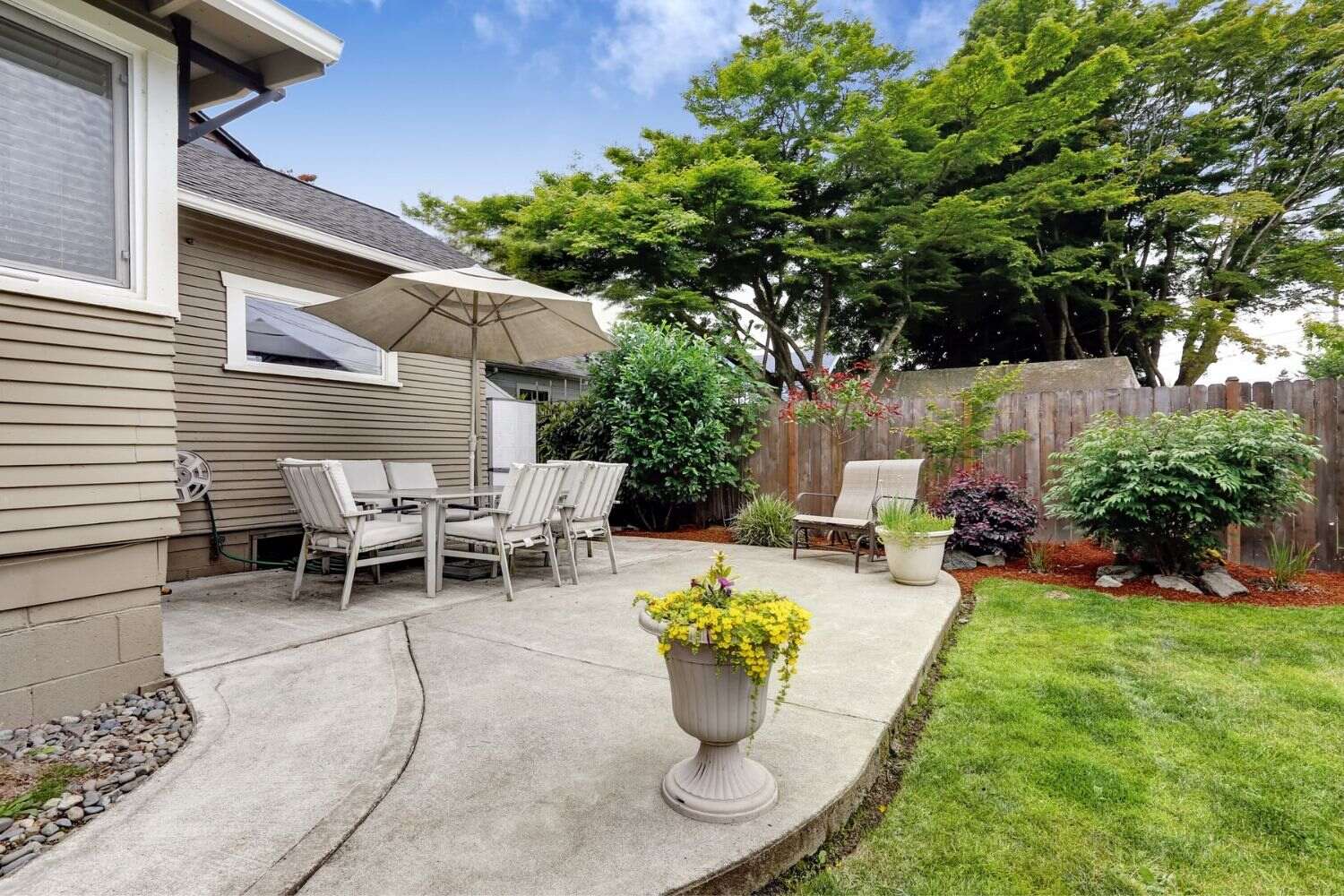
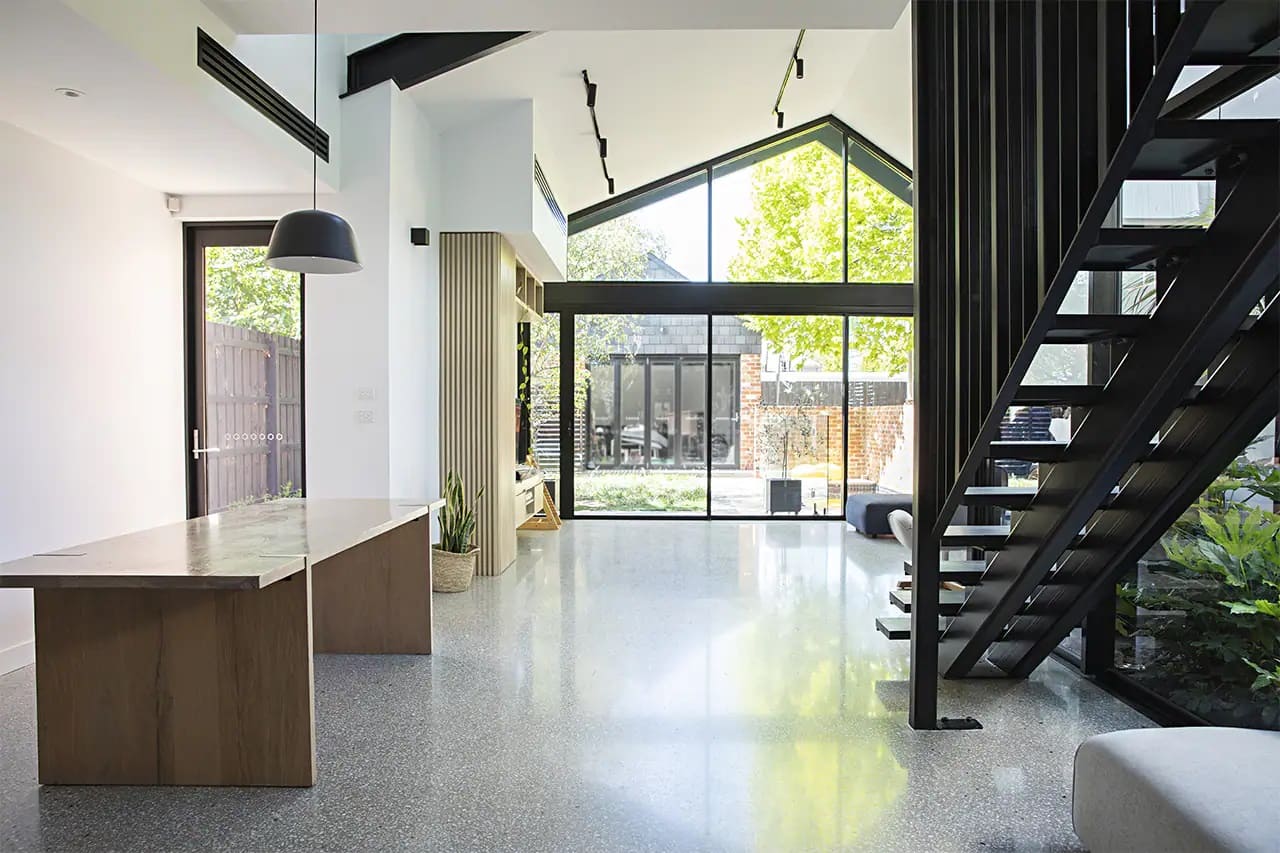
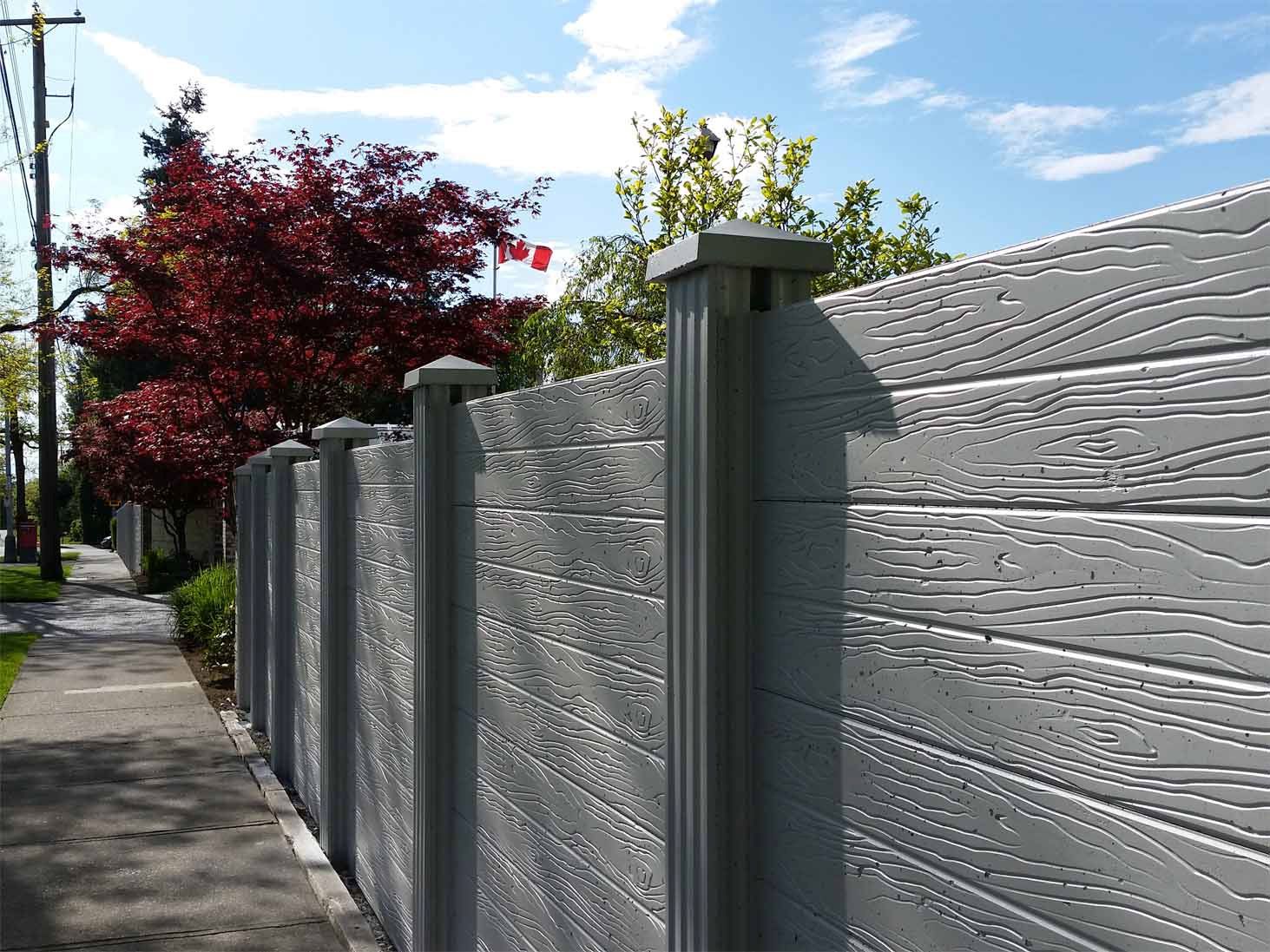
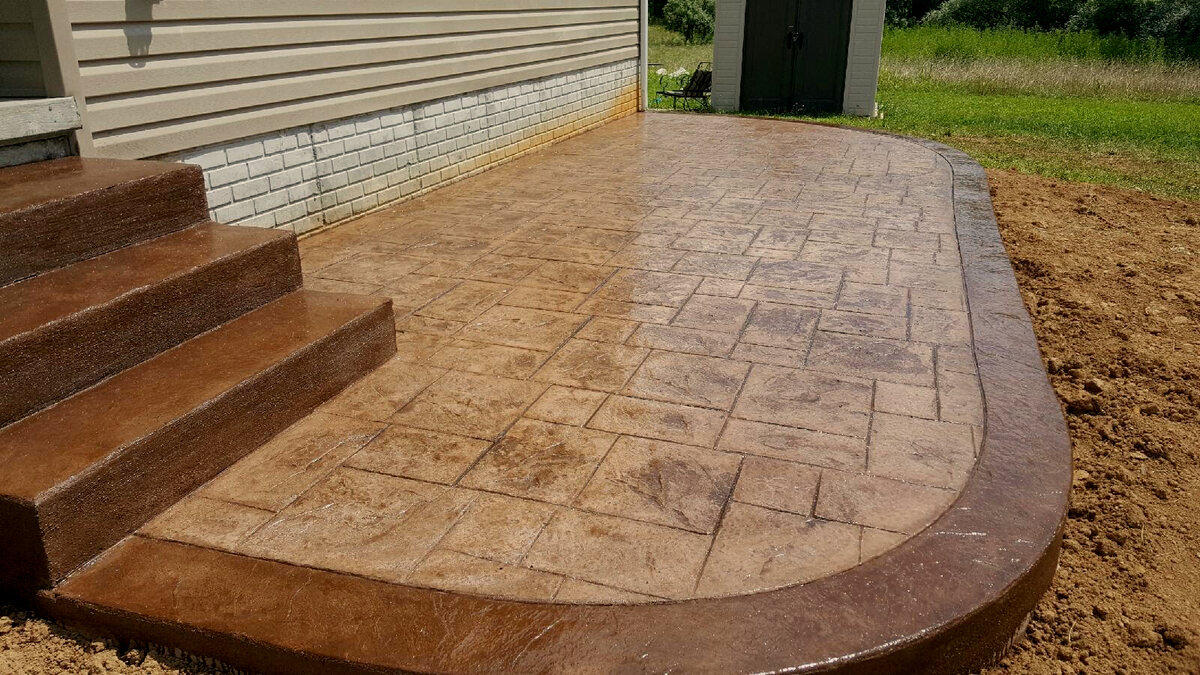




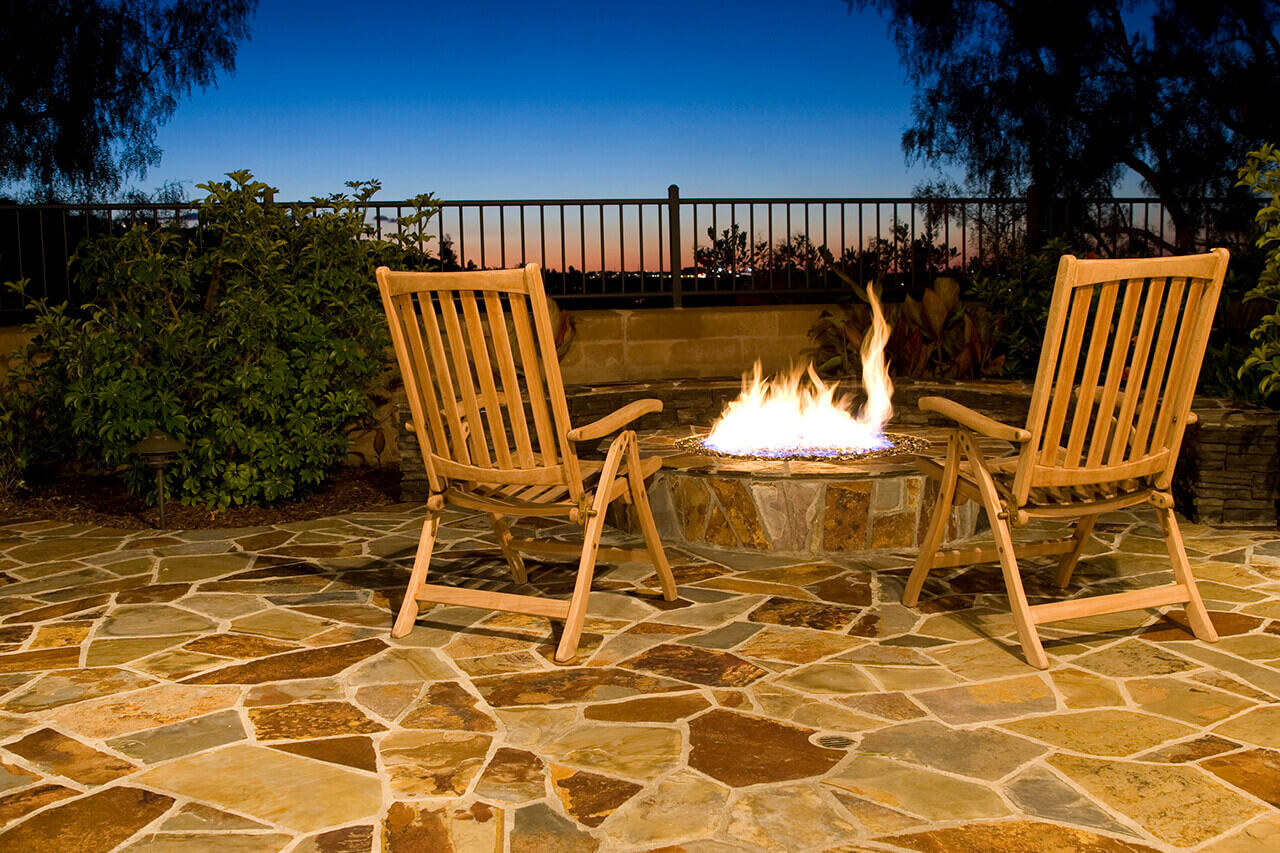
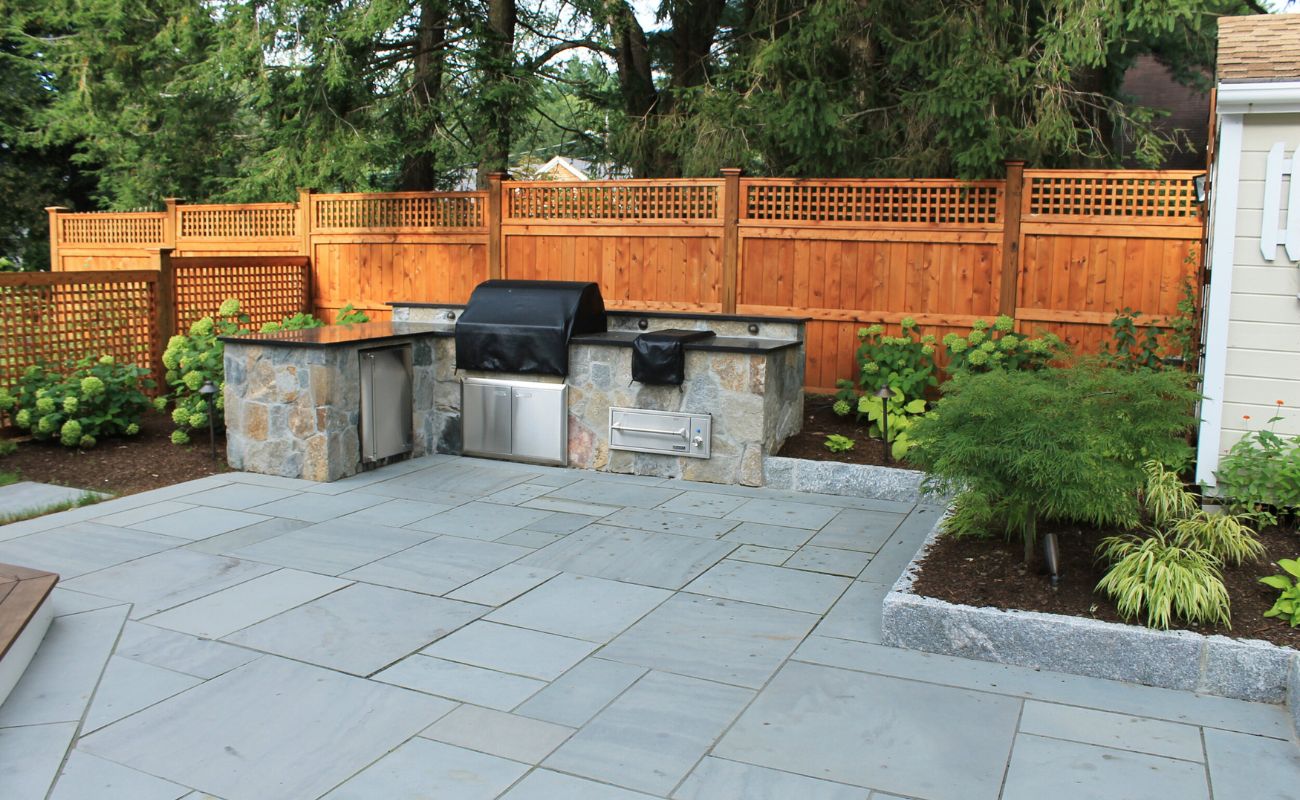
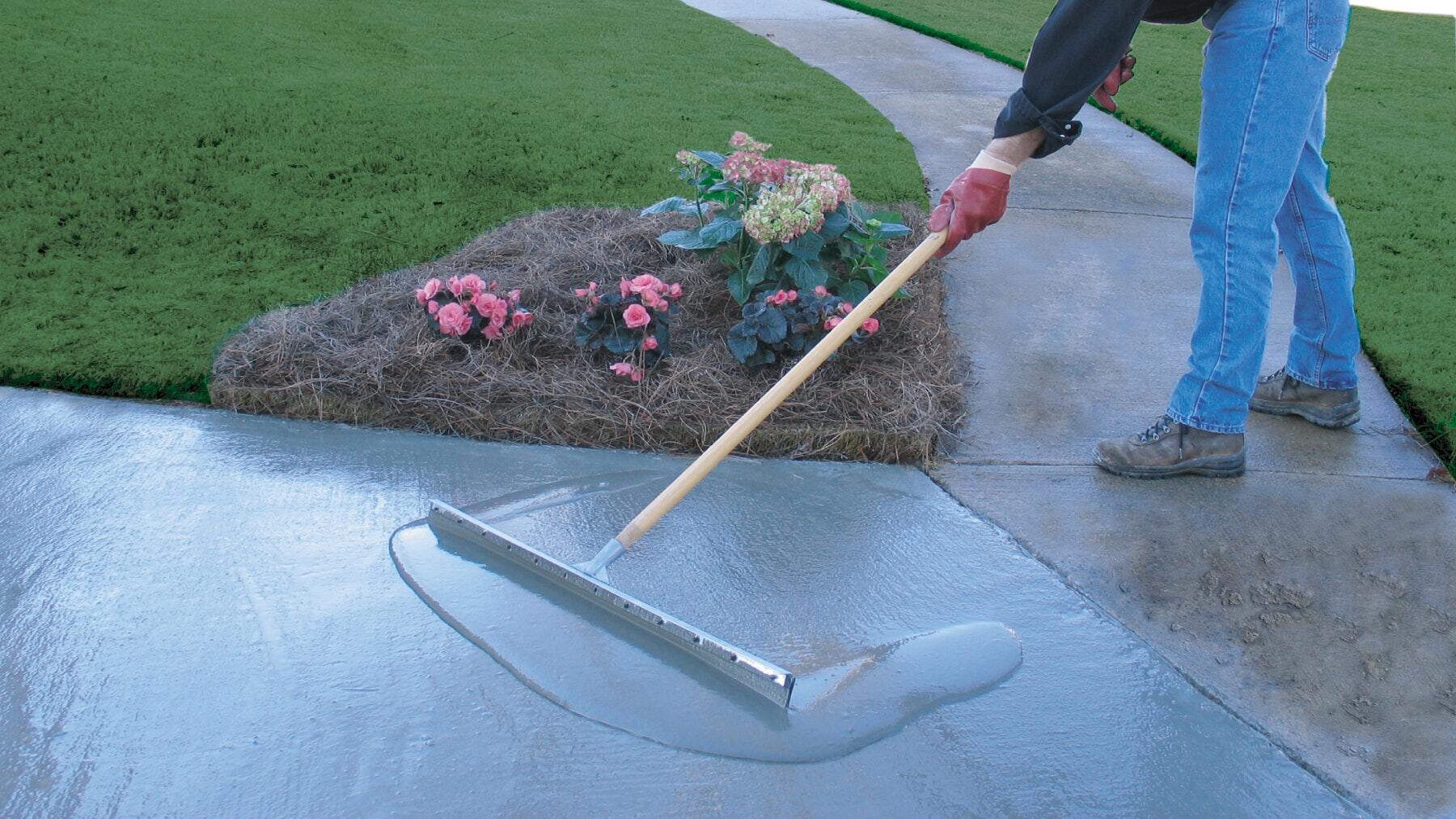

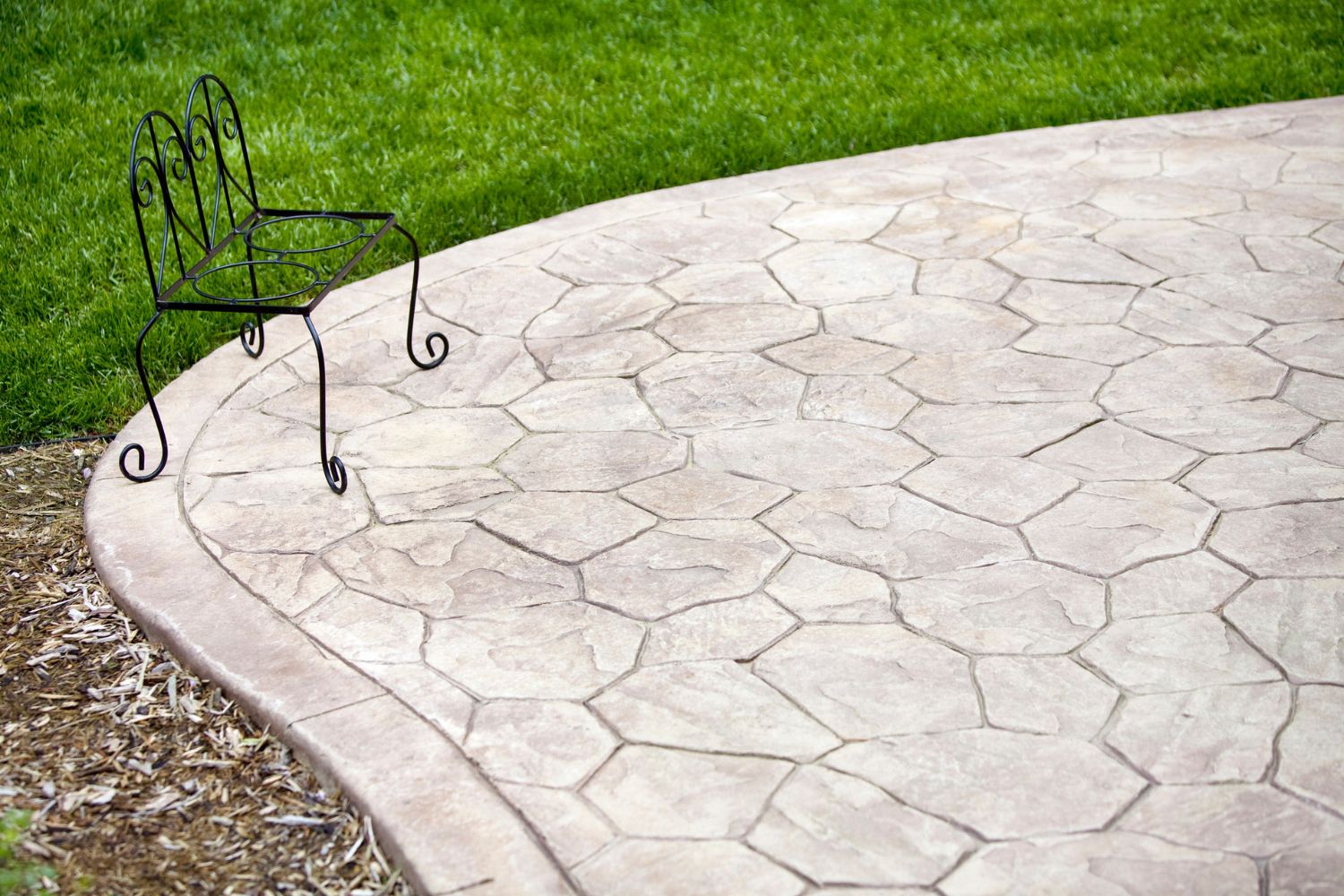

0 thoughts on “How Much Does It Cost To Stain A Concrete Patio?”